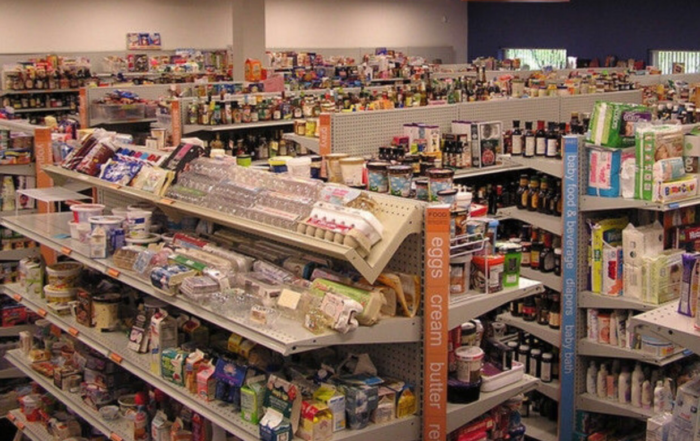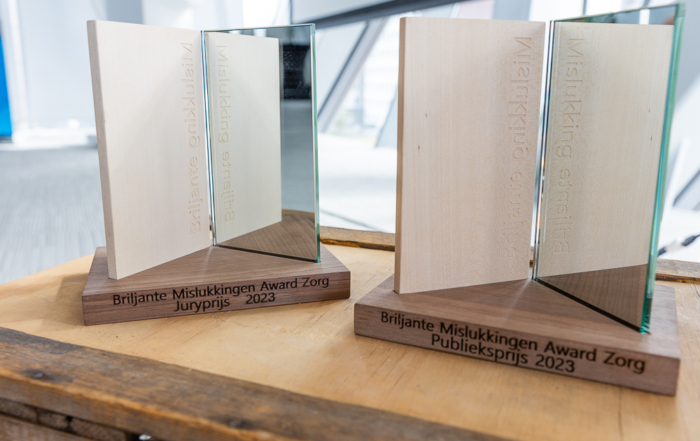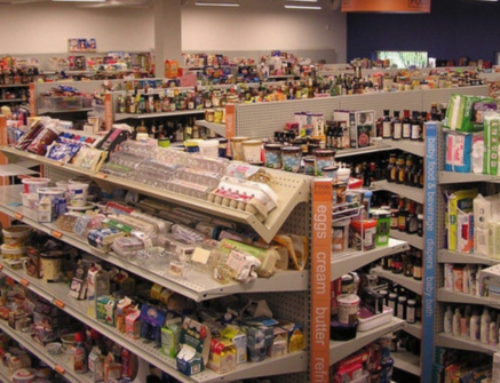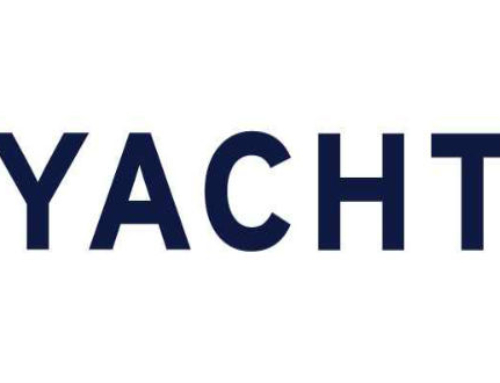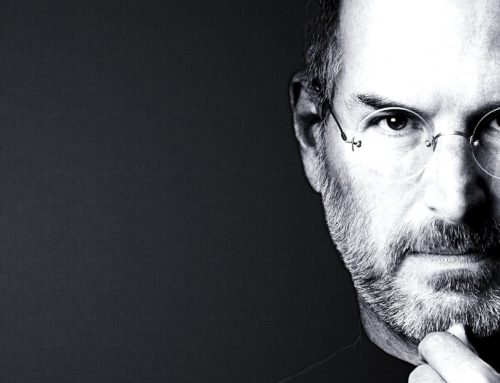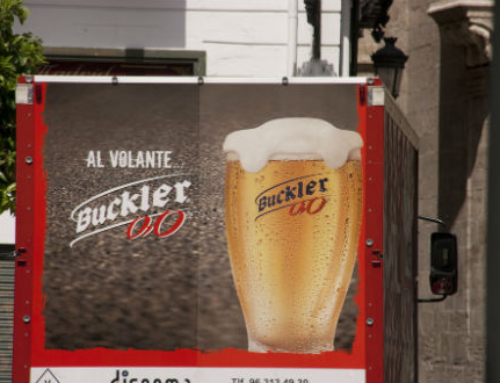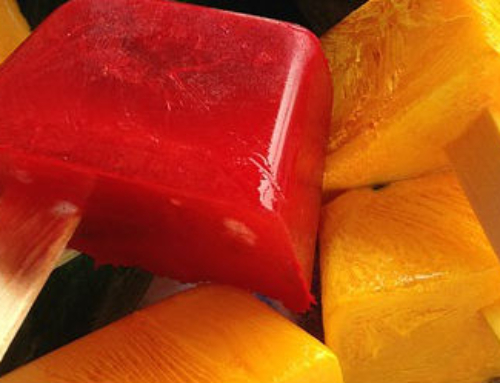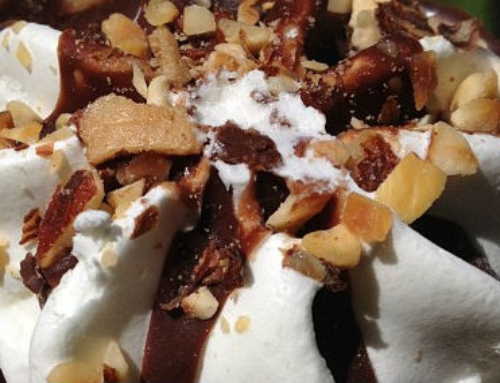The course of action:
In the 1980s P&G tried to get into the bleach business. We had a differentiated and superior product—a color-safe low-temperature bleach. We created a brand called Vibrant. We went to test-market in Portland, Maine. We thought the test market was so far from Oakland, California, where [market leader] Clorox was headquartered, that maybe we could fly under the radar there. So we went in with what we thought was a winning launch plan: full retail distribution, heavy sampling and couponing, and major TV advertising. All designed to drive high consumer awareness and trial of a new bleach brand and a better bleach product.
The result:
Do you know what Clorox did? They gave every household in Portland, Maine, a free gallon of Clorox bleach—delivered to the front door. Game, set, match to Clorox. We’d already bought all the advertising. We’d spent most of the launch money on sampling and couponing. And nobody in Portland, Maine, was going to need bleach for several months. I think they even gave consumers a $1 off coupon for the next gallon. They basically sent us a message that said, “Don’t ever think about entering the bleach category.”
The lesson:
How did you rebound from that setback? We certainly learned how to defend leading brand franchises. When Clorox tried to enter the laundry detergent business a few years later, we sent them a similarly clear and direct message—and they ultimately withdrew their entry. More important, I learned what worked and was salvageable from that bleach failure: P&G’s low-temperature, color-safe technology. We modified the technology and put it into a laundry detergent, which we introduced as Tide with Bleach. At its peak, Tide with Bleach was a more than half-billion-dollar business.
Further:
http://hbr.org/2011/04/i-think-of-my-failures-as-a-gift/ar/3 HBR/Karen Dillon/2011
Published by:
Redactie IVBM based on HBR post Karen Dillon 4/2011
OTHER BRILLIANT FAILURES
The Museum of Failed Products
Robert McMath - a marketing professional - intended to accumulate a reference library of consumer products. The course of action was Starting in the 1960s he started to purchase and preserve a sample of every [...]
The Norwegian Linie Aquavit
The course of action: The concept of Linie Aquavit happened by accident in the 1800s. Aquavit (pronounced 'AH-keh'veet' and sometimes spelled "akvavit") is a potato-based liquor, flavored with caraway. Jørgen Lysholm owned a Aquavit distillery in [...]
Briljante Mislukking Award Zorg – 20 november 2024
Woensdag 20 november worden voor de tiende keer de Briljante Mislukking Awards Zorg georganiseerd door het Instituut voor Briljante Mislukkingen


